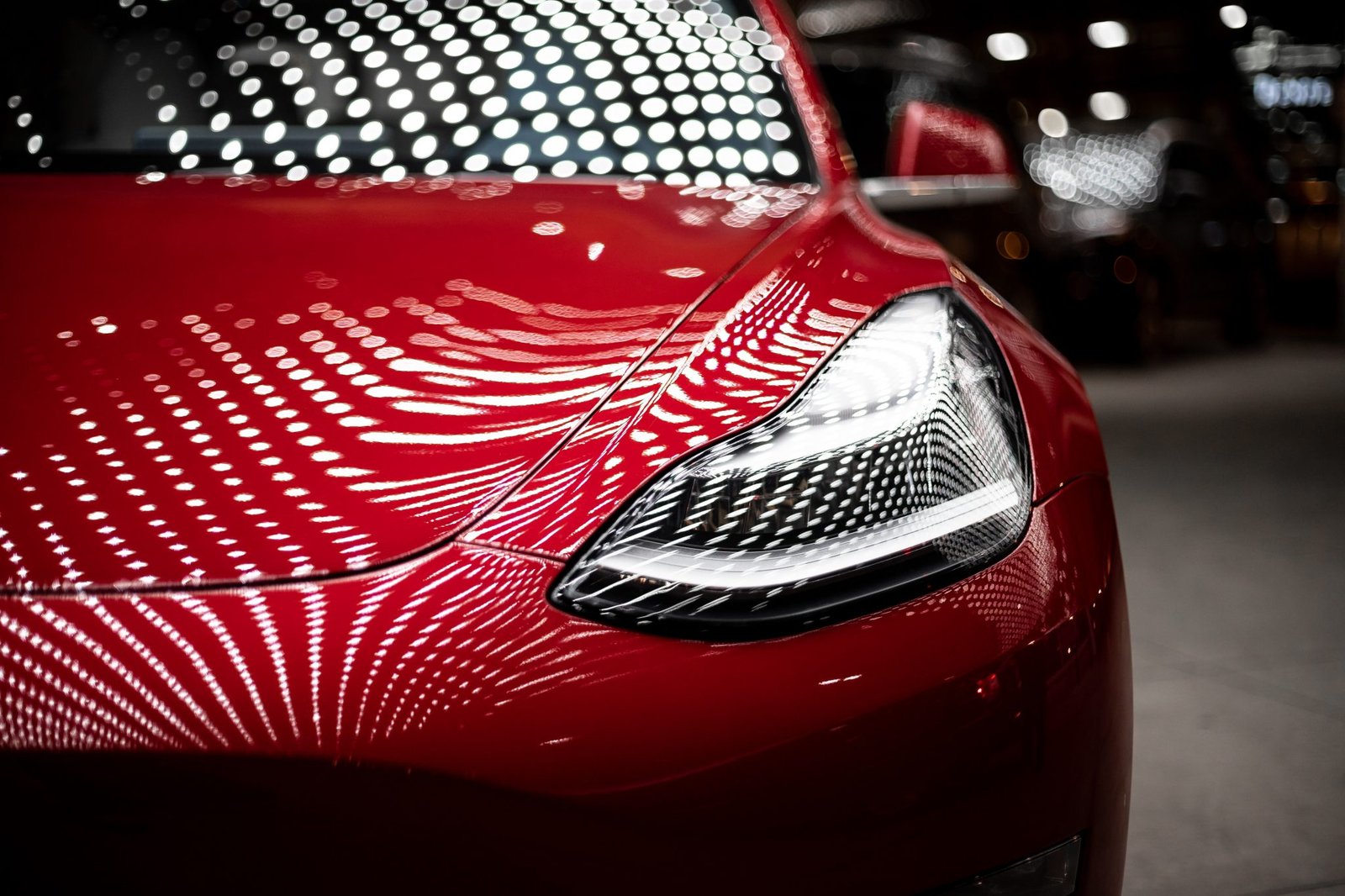As the 2020 election cycle accelerates, the automotive industry and electric vehicles (EVs) in particular are playing an increasingly important role.
In his recently unveiled $2 trillion climate plan, presidential candidate Joe Biden has placed electric vehicles and the potential for the manufacturing industry to create jobs at the center of his campaign.
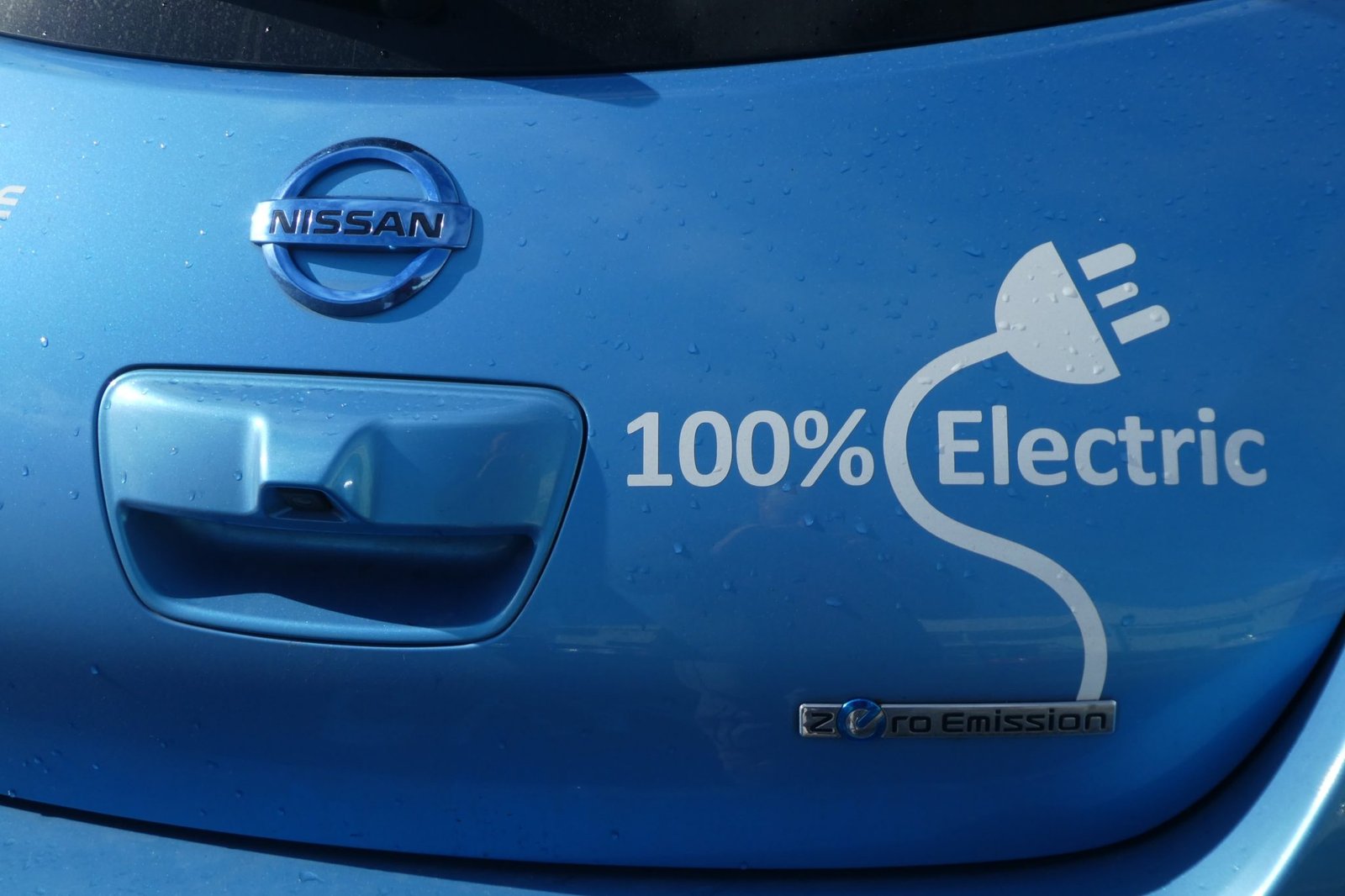
Regardless of the election result however, it is clear that green legislation and reducing carbon footprint are at the forefront of many American’s minds.
What material science brings to the table
Since the 1960s, titanium use has seen increases in the aerospace industry. The material is favored for its strength, is 30% stronger than steel while only half the weight. Alongside this, its resistance to corrosion and cracking make it perfect for critical engine and airframe components subjected to significant stress. Extreme examples like the airspeed record-holding Lockheed SR-71 Blackbird are over 90% titanium by weight.
One might ask then, why we don’t make cars out of titanium. A titanium car would be both stronger and lighter than anything on the road today, potentially reducing emissions and increasing fuel efficiency. Broadly speaking, there are two reasons for this. Titanium, despite being one of the most abundant resources on the planet, is incredibly complex and costly to produce, making it prohibitively expensive to use outside of some engine components. Secondly, titanium car bodies don’t crumple during collisions like steel or carbon fiber, making it unsafe in accidents.
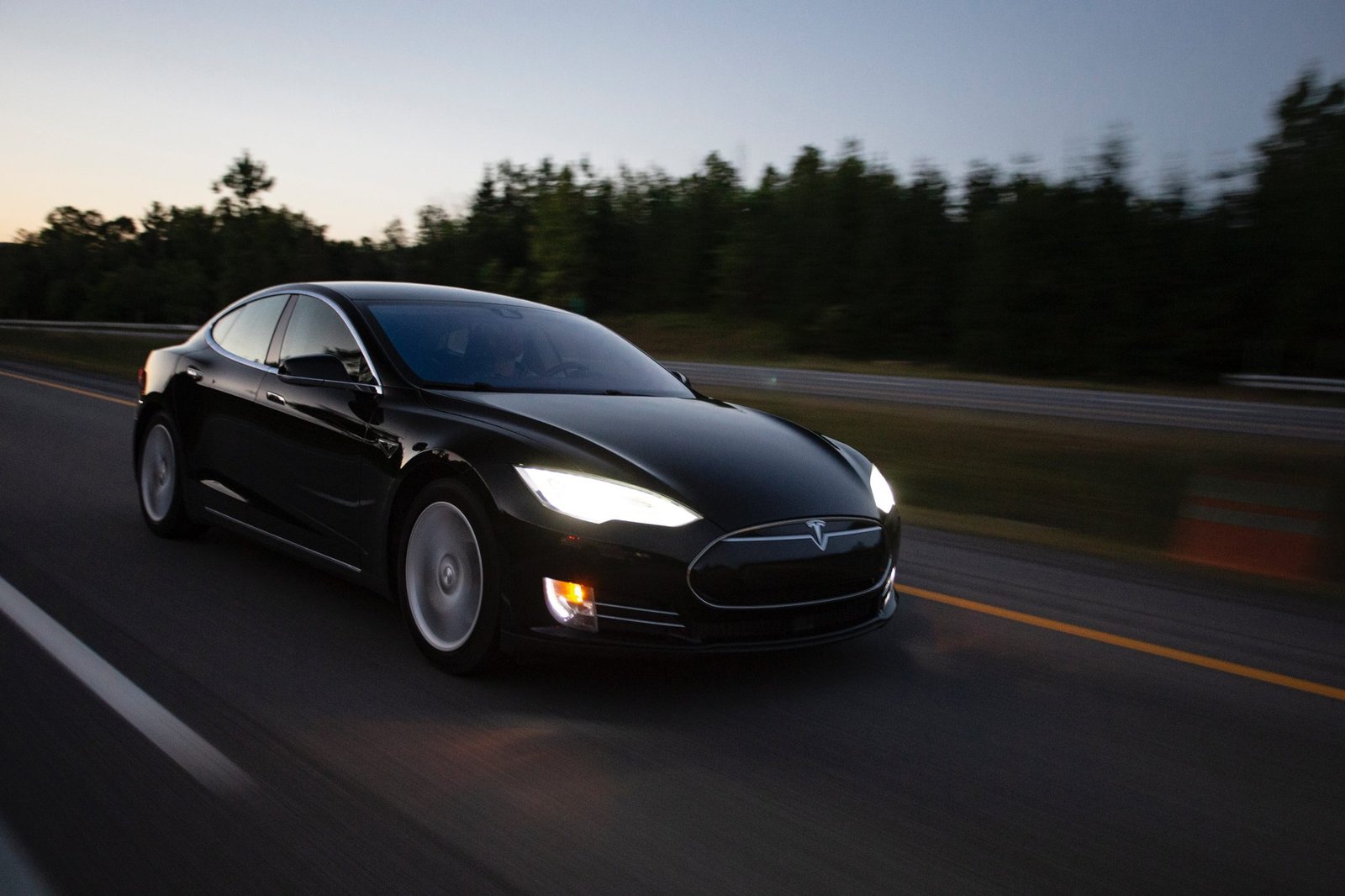
Modern material science may provide answers to this however, as carbon fiber-titanium composites provide the strength required at a much lower weight. Titanium tubing is already used extensively in cars, from the engine to the exhaust, where it provides much better handling and reliability at lower weights than stainless steel. If cheaper titanium production techniques are found, we may see a significant reduction in the price of titanium. This would usher in a revolution for lightweight, fuel-efficient vehicles, both of which are key concerns for electric vehicles, where battery power must be conserved.
Government legislation and EV infrastructure
Electric vehicles are still awaiting widespread adoption, and for many, the lack of infrastructure surrounding their maintenance is the deal-breaker standing in the way. Thankfully, infrastructure reform seems to be a key concern for the House of Representatives and many elected officials, as it recently passed a $1.5 trillion infrastructure bill. The bill has many aims; most relevant, however, are its plans to ensure the readiness of America’s electrical grid for widespread EV charging stations and the stresses they would bring. It goes without saying that the government is key to allow for more electric car charger installation spots around the country, with offices, parking lots, and other popular locations tipped as the main places to put these. The idea is that the country becomes more suited to the idea of electric vehicles, providing owners with more chances to charge their cars on long or short trips. Thus, there’s more convenience, tackling one of the major concerns people have when switching to electric cars.
Furthermore, the bill would triple the tax credits available to manufacturers of EVs and their customers, providing a significant incentive for investment. In tandem with Biden’s promise of 500,000 new charging stations across the country, the next few years look bright for electric vehicles and their drivers.
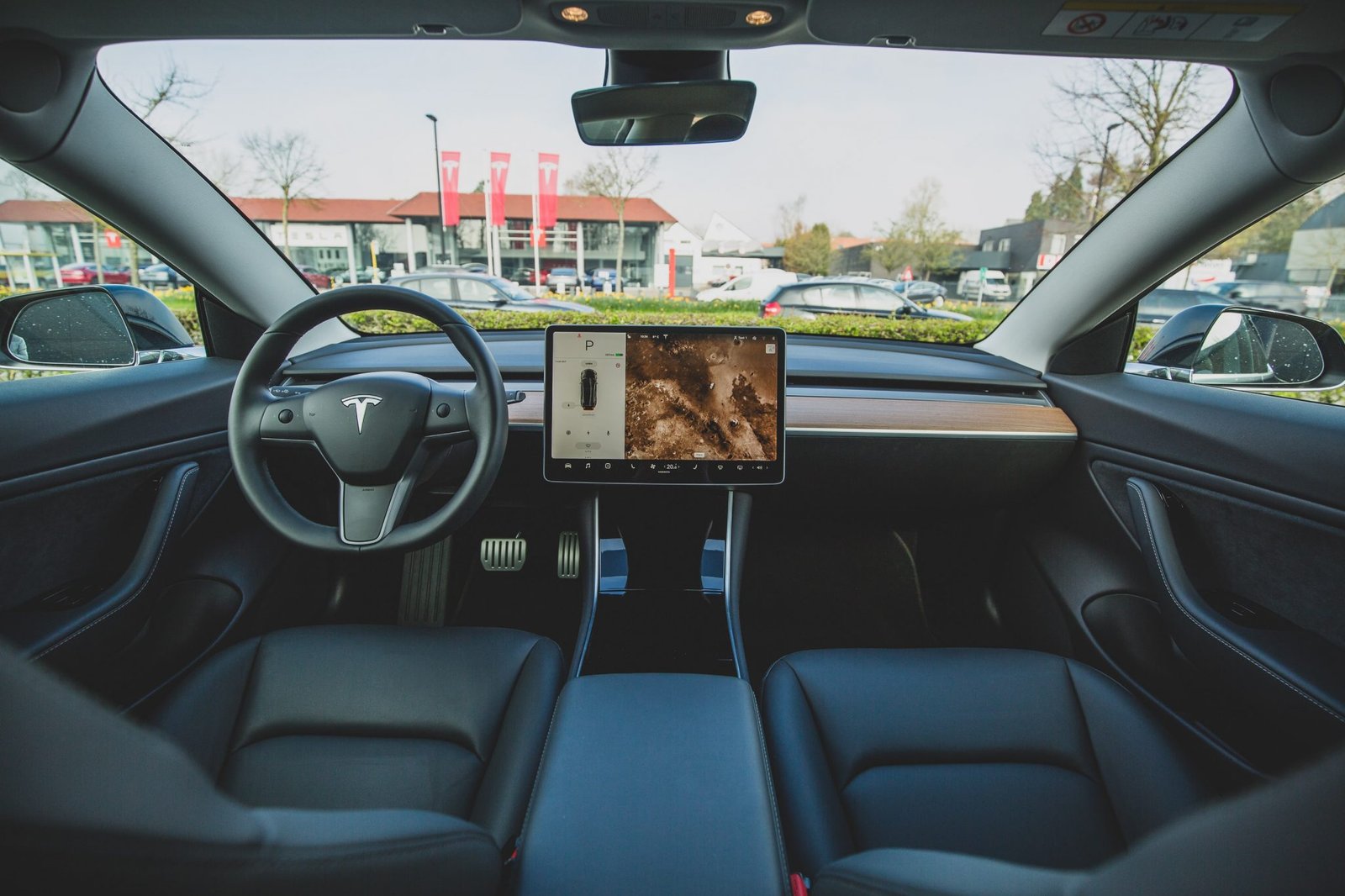

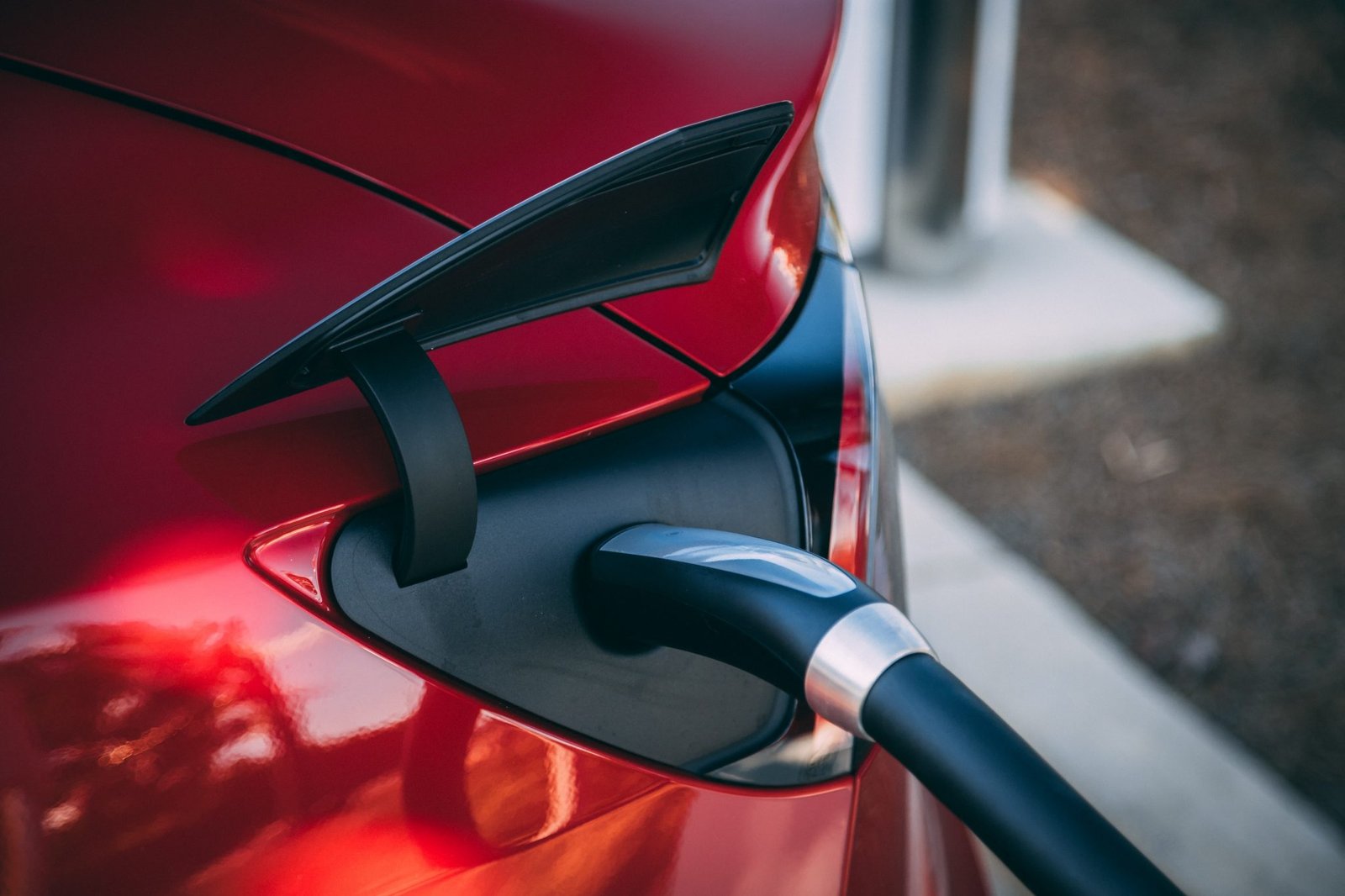
With an increasing focus on renewable energy and carbon footprints, governments are taking concrete steps towards green recovery plans for a post-COVID world. Electric vehicles are a common theme across every major proposal, with benefits to both drivers and manufacturers. For the millions hesitant to take the plunge and buy electric, the next few years may provide compelling arguments and finally make widespread adoption of EVs possible.

